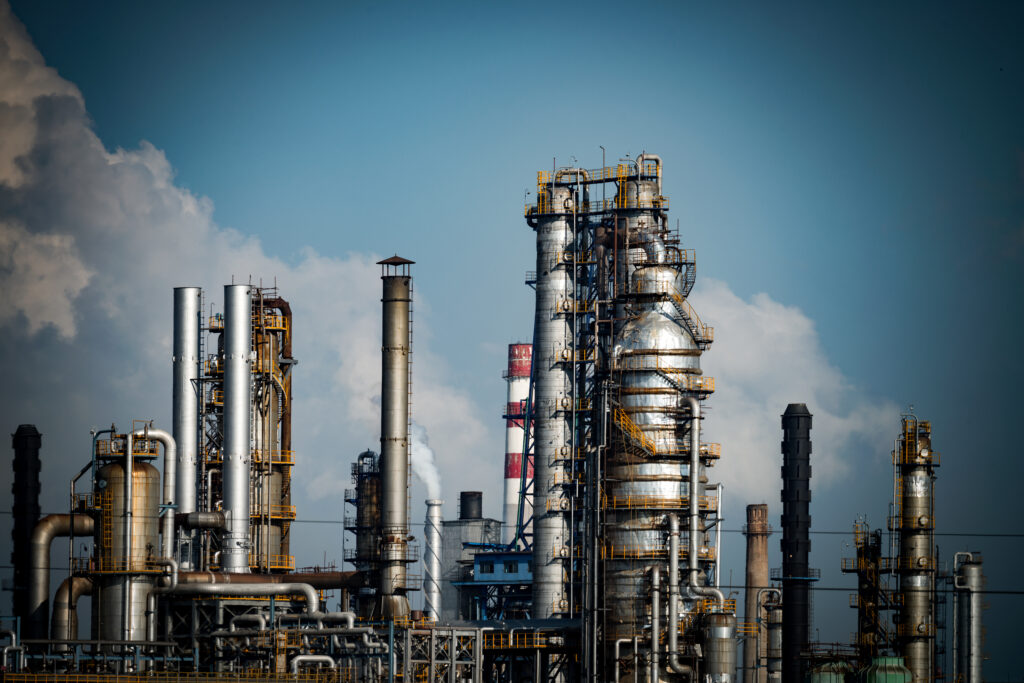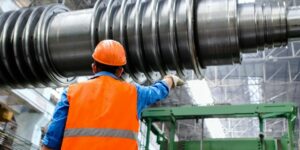Catalyst regeneration is critical for extending catalyst lifespan and maintaining process efficiency in industrial operations. Grasping the challenges in regeneration is essential for reducing costs, minimizing environmental impact, and maximizing the cumulative production of desired product. Facility managers can implement effective strategies to maximize catalyst performance over time.
At Applied Catalysts, we know selecting an effective catalyst regeneration method is complex. However, our tool-set and expertise is built around finding the correct solutions for your industrial process. With extensive internal expertise and partnerships with leading vendors, we deliver a wide range of catalyst solutions. This ensures each application receives the most suitable catalyst, whether for improving air quality or optimizing chemical production processes.
In this blog, we’ll delve into common challenges of catalyst replacement and discuss solutions to address these issues.
Common Challenges in Catalyst Regeneration
Structural Changes and Irreversible Effects
As catalysts operate over time, they may experience structural changes such as sintering, where active metal particles agglomerate and reduce surface area. These changes can lead to irreversible effects on catalytic activity, making regeneration ineffective. For instance, when catalysts are exposed to high temperatures and pressure, sintering can occur, lowering the number of active sites available for chemistry. In some situations (such as Pt/CeO2), redispersion is possible with high temperature treatment in an oxidative environment. However, with other metal/support combinations, metal particle sintering is an irreversible transformation, and the catalyst will have to be replaced. In these situations, precious metals are recycled for reuse in future catalysts where the metal recovery after refining can approach 90% or higher. Deactivation by sintering is also often the mode of deactivation with metal oxide catalysts, whereby the overall surface area is diminished; these materials will have to be replaced.
Surface Contamination and Deactivation
Another common challenge in a catalyst regeneration system is the contamination of catalyst surfaces by reaction by-products or impurities from raw materials. These contaminants can block active sites necessary for catalytic reactions or chemically modify the catalyst surface, thereby deactivating it.
In these cases, it is crucial to identify the impurity, and its source—a reaction byproduct or an intrinsic impurity in the feed. Knowing the identity and source allows for process modifications to be made in order to extend the life of the catalyst, and inform the method of regeneration to be used to attempt recovery of existing catalyst activity.
For example, in refining, catalysts in hydroprocessing units can deactivate because of sulfur compounds or heavy metals in crude oil. This represents a case where the feed source contains an intrinsic contaminant. The presence of these contaminants alters the catalyst’s surface properties, reducing its efficiency in converting feedstock into valuable products. Process modifications, such as pre-reaction guard beds which absorb sulfur, or unit operations such as hydrodesulfurization, are essential to extend life of these catalysts.
In another example, reaction byproducts are the source of surface contamination. In one example, carbon monoxide, a powerful platinum group metal poison, was present as a byproduct of CO2 formation and subsequent water gas shift occurring in the reactor, overlooked in initial process design. Extending catalyst life in this case was accomplished by a process modification, co-feeding more H2 to the stream.
Sometimes catalyst poisons are unavoidable as a byproduct of reaction chemistry, as in the case of catalytic cracking, where carbon deposition is unavoidable. For these cases, continual regeneration by high temperature oxidative treatment is required.
Thermal Damage and Catalyst Stability Issues

During regeneration processes, catalysts are subjected to high temperatures necessary to remove accumulated deposits and restore catalytic activity. An oxidative, reductive, or inert environment is used, depending on the identity of the contaminant. However, inadequate temperature control or prolonged exposure to extreme temperatures can cause thermal damage. This damage alters the catalyst’s structure and reduces its stability, compromising its effectiveness in subsequent operations.
In petrochemical refineries, controlling temperatures is crucial to prevent damage. This is especially important when burning off carbon deposits to regenerate catalysts in catalytic cracking units. Refineries face the challenge of optimizing regeneration conditions to ensure effective catalyst recovery while maintaining its structural integrity and stability over multiple regeneration cycles.
Understanding and addressing these challenges require advanced analytical techniques like post mortem analyses of fresh, deactivated, and regenerated catalyst samples. For supported metal catalysts, particle size and distribution by electron microscopy and chemisorption, for metal oxide catalysts analysis of surface area and porosity/pore size distribution by physisorption methods. Additionally, from an industrial standpoint, analyzing bulk aggregate/extrudate properties such as crush strength is essential during these steps, to ensure the structural integrity of the final formed catalyst is not compromised by the regeneration process. By implementing these investigative techniques in addition to robust temperature monitoring and control strategies, you can optimize catalyst regeneration processes, minimize downtime, and enhance operational efficiency in industrial facilities.
In the following sections, we’ll explore each challenge in detail and discuss practical solutions to overcome them effectively.
Applied Catalysts offers a comprehensive range of catalyst testing services, including lab-scale and pilot-scale testing under reductive or inert conditions. These services encompass a variety of hydrogenation chemistries and other chemical processes, accelerating project success and maximizing value creation for our clients.
When Regeneration is Not Viable: Exploring Alternatives
Other alternatives must be considered in cases where regeneration proves ineffective due to irreversible structural changes, severe poisoning, or simply because it’s more expensive to regenerate than to replace. Regeneration typically reduces waste and conserves resources compared to replacement, but we know that many times, this is not possible.
Applied Catalysts provides comprehensive assessments to determine when replacement or alternative uses for spent catalysts are more practical. This approach minimizes operational disruptions and optimizes resource utilization. We like to emphasize sustainable practices by evaluating the lifecycle impacts of each approach, ensuring environmental compliance and cost-effectiveness.
Catalyst Regeneration Market Trends and Insights
The catalyst regeneration market is witnessing significant growth, driven by the increasing emphasis on sustainable practices and operational efficiency across industries. Companies are actively seeking ways to extend the lifespan of catalysts through effective regeneration processes, thereby minimizing costs and environmental impact.
Innovation plays a pivotal role in advancing catalyst regeneration technologies. Emerging trends include the integration of advanced materials, enhanced regeneration techniques, and digital solutions for real-time monitoring and optimization. These innovations enhance catalyst longevity, optimize process yields, and reduce operational downtime.
Applied Catalysts: Leading Solutions in Catalyst Regeneration
With over 25 years of experience, Applied Catalysts provides a customized approach to meet specific industry needs. We collaborate closely with our clients to develop solutions that enhance operational reliability and sustainability. Our commitment to quality, innovation, and customer satisfaction has established us as a preferred provider in the catalyst market. Contact us today to explore how our tailored approaches and expert guidance, can help optimize your catalyst processes and drive sustainable growth.
Recent Posts
MicroFlo Reactors for the Nitration of Aromatic Substrates
Explore advancements in nitration reactions using MicroFlo reactor technology. Learn how it enhances safety, efficiency, and production rates compared to traditional batch methods.
Read MoreManufacturing Compliance: Monitor and Reduce VOC Emissions Effectively
As companies strive to meet environmental standards, VOC (Volatile Organic Compounds) abatement is a critical focus area, particularly for the manufacturing industry. Staying compliant with local and national regulations is…
Read MoreUnderstanding Catalyst Deactivation: How Characterization Can Identify the Root Cause
AbstractCatalyst deactivation is a common challenge in many catalytic processes, but by identifying the root causes, taking appropriate corrective actions, and utilizing advanced characterization techniques, it is possible to maintain…
Read More


